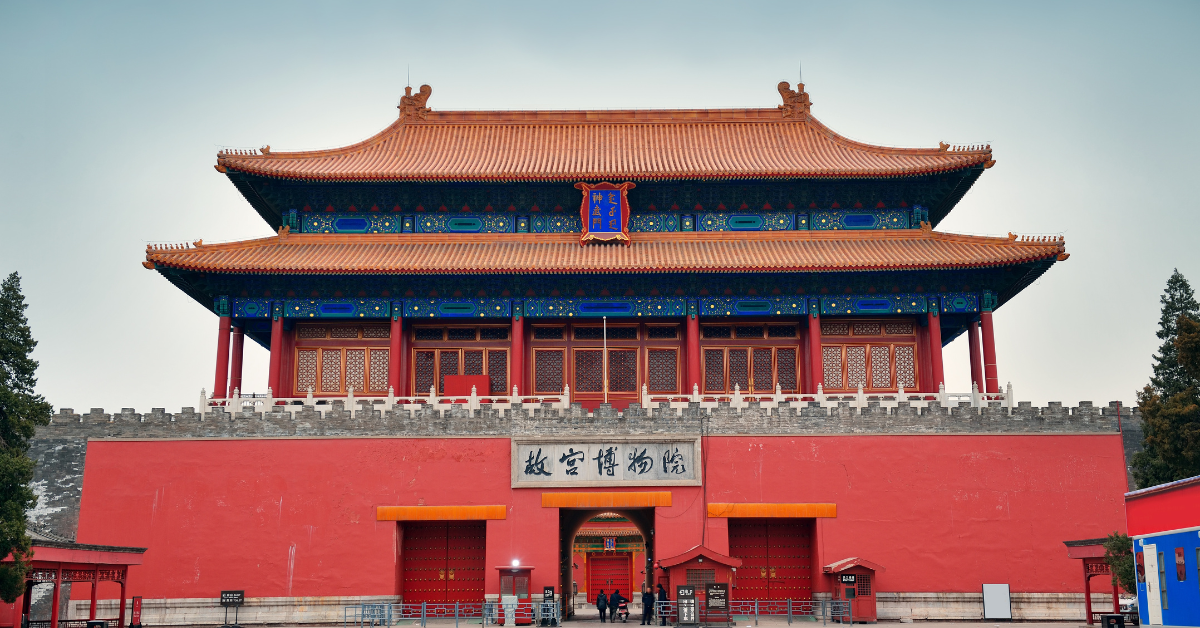The Apothecary Diaries has gained immense popularity in Japan due to its unique setting, intriguing mysteries, and culturally rich storytelling. Set in a Chinese-inspired imperial court, the series weaves together elements of medical knowledge, psychological depth, and court intrigue, captivating a wide range of audiences. This article explores how and why this story has resonated so deeply with Japanese readers and viewers.
Overview of The Apothecary Diaries
Fusion of a Chinese-Style Fantasy World and Mystery Elements
The Apothecary Diaries is set in a fictional imperial court inspired by ancient China. It follows the story of Mao Mao, a girl working as a food taster in the royal palace. Thanks to her deep knowledge of medicine and poisons, she unravels various mysterious incidents surrounding the court. The narrative delves into social hierarchy and complex human relationships, giving the story depth beyond a typical mystery.
Below is a breakdown of the series’ key genres and setting:
| Element | Description |
|---|---|
| Setting | Fictional Chinese-style empire |
| Protagonist | Pharmacist and food taster |
| Genre | Mystery, historical fantasy |
| Distinctives | Cases solved with intellect and observation |
Mao Mao’s sharp mind and dry wit make her a unique and engaging character. Her rational perspective and analytical thinking create a story that’s intellectually stimulating and emotionally resonant, capturing readers’ attention throughout.
Media Development and Success of the Anime Adaptation
Expanding from Light Novel to Multiple Media Formats
Originally published online, The Apothecary Diaries was later turned into a commercial light novel series, then two simultaneous manga versions, and finally an anime adaptation in 2023. Each format offers a unique interpretation of the story, allowing fans to experience the narrative from various perspectives.
Here is a summary of the media development:
| Media Type | Release Year | Features |
|---|---|---|
| Novel | 2014 | In-depth writing with detailed character insights |
| Manga | 2017– | Dual publication with distinct art styles |
| Anime | 2023 | Stunning visuals, excellent voice acting |
Despite its late-night time slot, the anime version achieved significant acclaim, with high Blu-ray sales and strong social media buzz. It brought the series into the spotlight and attracted new audiences who later explored the novels and manga.
Reception and Perception in Japan
Broad Demographics and Diverse Audience Appeal
The appeal of The Apothecary Diaries extends beyond light novel fans. It is praised by older readers, professionals in healthcare, and fans of historical dramas. This is largely due to its realistic depiction of medical knowledge and thoughtful character development. The interpersonal dynamics—whether romantic, platonic, or political—are portrayed with nuance.
Here is a summary of why Japanese readers appreciate the series:
| Key Feature | Reason for High Evaluation |
|---|---|
| Medical Details | Accurate, research-based depiction of medicine and poisons |
| Character Depth | Emotionally rich and relatable psychological development |
| Narrative Pacing | Short episodic format makes the story accessible |
| Educational Value | Readers learn as they’re entertained |
The balance of intellectual content, emotional depth, and cultural richness has made it a long-standing favorite in Japan.
Cultural Context and Japanese Resonance
Chinese Aesthetics Blended with Japanese Values
While the series is visually and thematically based on ancient China, it includes many values and ideas that are deeply rooted in Japanese culture, such as loyalty, etiquette, and quiet intelligence. These themes resonate strongly with Japanese audiences, as they are familiar from classical literature and period dramas.
The table below outlines cultural elements depicted in the series:
| Cultural Aspect | Description |
|---|---|
| Architecture | Lavish palace interiors and imperial garments |
| Speech Patterns | Hierarchical and status-based language usage |
| Ideological Themes | Loyalty, restraint, humility reflected in characters’ actions |
| Behavioral Norms | Politeness and respect emphasized in social conduct |
By connecting historical aesthetics with universal human emotions, the series becomes emotionally accessible while preserving cultural integrity.
Global Popularity and Future Prospects
Translation and International Expansion
With the anime’s international distribution and translations into multiple languages, The Apothecary Diaries is now gaining popularity overseas. In particular, Asian and Western audiences have responded positively to its mystery-driven plot and unique cultural setting.
Below is a breakdown of what international viewers appreciate:
| Praised Element | Feedback from Overseas Audiences |
|---|---|
| Complex Plot | “The story is intelligent and thought-provoking.” |
| Protagonist Appeal | “Mao Mao’s personality is sharp and refreshing.” |
| Worldbuilding | “The setting is exotic yet beautifully detailed.” |
| Educational Depth | “You actually learn about traditional medicine.” |
Given the global rise of Japanese content, the series is expected to inspire further anime films, spin-offs, or even live-action adaptations in the future.
Conclusion
The Apothecary Diaries is more than entertainment. It is a deeply crafted work that seamlessly combines strong narrative structure, educational insight, and cultural resonance. In Japan, it is respected as a story with lasting value, capable of captivating both the casual viewer and the critical reader.
With anime, novels, and manga all contributing to its popularity, the series offers multiple entry points for fans, each reinforcing the other. For international audiences, it provides a gateway into Japanese storytelling sensibilities and cultural values.
As the series continues to reach new corners of the world, it stands as an example of how quality Japanese content can engage global audiences and promote cultural understanding.






